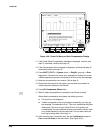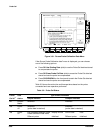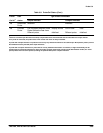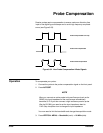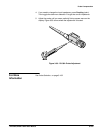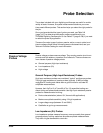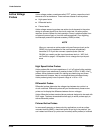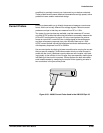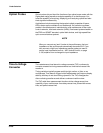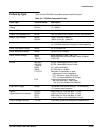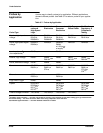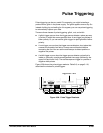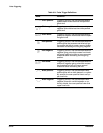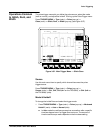
Probe Selection
Reference
3Ć104
Active voltage probes, sometimes called FET" probes, use active circuit
elements such as transistors. There are three classes of active probes:
H High speed active
H Differential active
H Fixtured active
Active voltage measuring probes use active circuit elements in the probe
design to process signals from the circuit under test. All active probes
require a source of power for their operation. Power is obtained either from
an external power supply or from the oscilloscope itself. (Your digitizing
oscilloscope powers the optional accessory P6205 probes.)
NOTE
When you connect an active probe to the oscilloscope (such as the
P6205), the input impedance of the oscilloscope automatically
becomes 50 W. If you then connect a passive probe (like the
P6139A) you need to set the input impedance back to 1ĂMW. VertiĆ
cal Control on page 3Ć136 explains how to change the input impedĆ
ance.
High Speed Active Probes
Active probes offer low input capacitance (1 to 2ĂpF typical) while maintainĆ
ing the higher input resistance of passive probes (10 kW to 10 MW). Like Z
O
probes, active probes are useful for making accurate timing and phase
measurements. However, they do not degrade the amplitude accuracy.
Active probes typically have a dynamic range of ±10 to ±15 V.
Differential Probes
Differential probes determine the voltage drop between two points in a
circuit under test. Differential probes let you simultaneously measure two
points and to display the difference between the two voltages.
Active differential probes are standĆalone products designed to be used with
50 W inputs. The same characteristics that apply to active probes apply to
active differential probes.
Fixtured Active Probes
In some smallĆgeometry or dense circuitry applications, such as surface
mounted devices (SMD), a handĆheld probe is too big to be practical. You
can instead use fixtured (or probe card mounted) active probes (or buffered
Active Voltage
Probes



